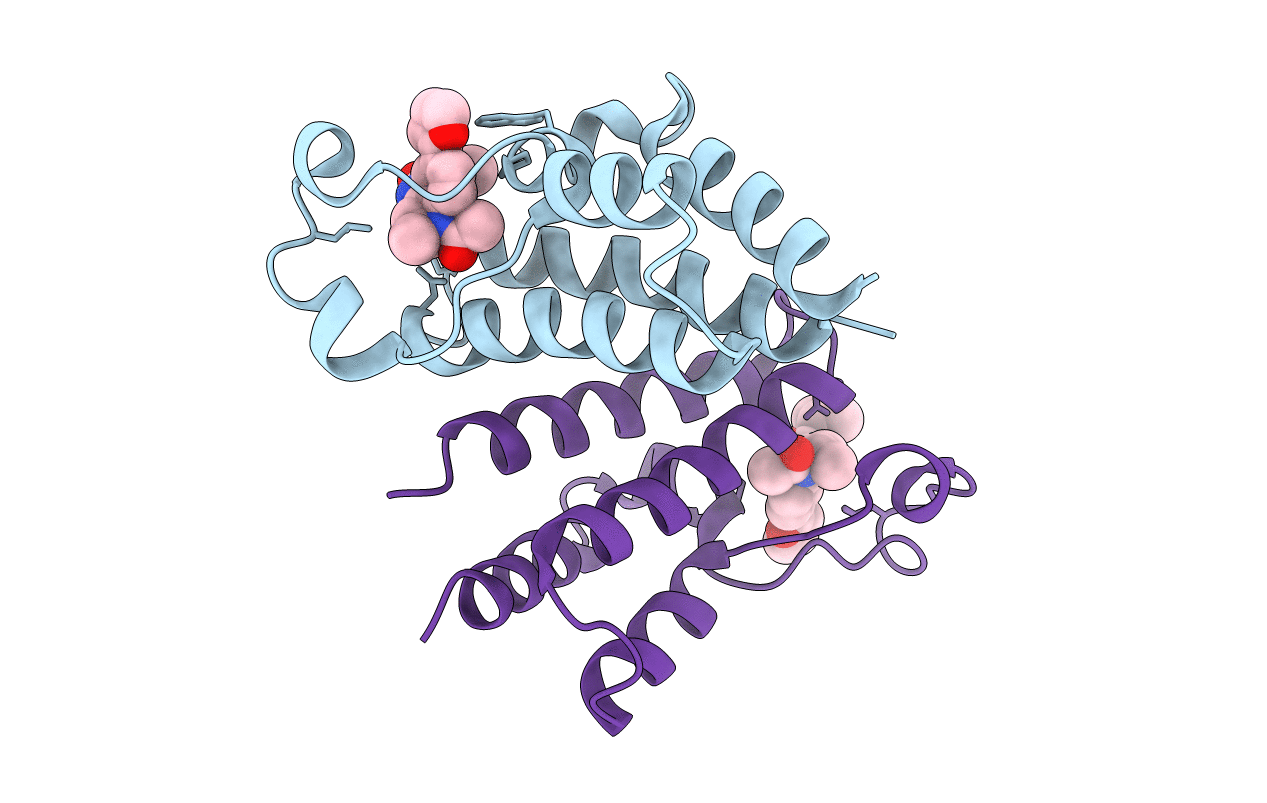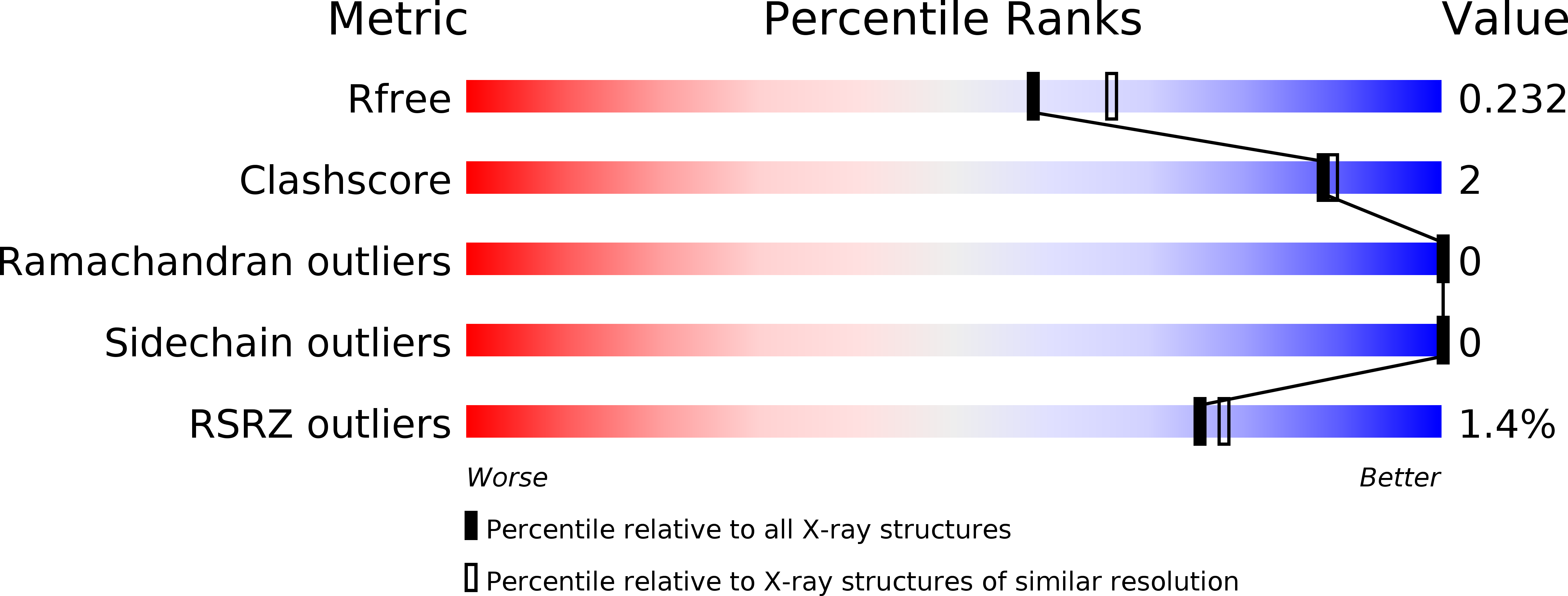
Deposition Date
2015-11-03
Release Date
2016-11-16
Last Version Date
2024-05-08
Entry Detail
PDB ID:
5EK9
Keywords:
Title:
Crystal structure of the second bromodomain of human BRD2 in complex with a tetrahydroquinoline inhibitor
Biological Source:
Source Organism:
Homo sapiens (Taxon ID: 9606)
Host Organism:
Method Details:
Experimental Method:
Resolution:
2.08 Å
R-Value Free:
0.22
R-Value Work:
0.18
R-Value Observed:
0.18
Space Group:
C 2 2 21


